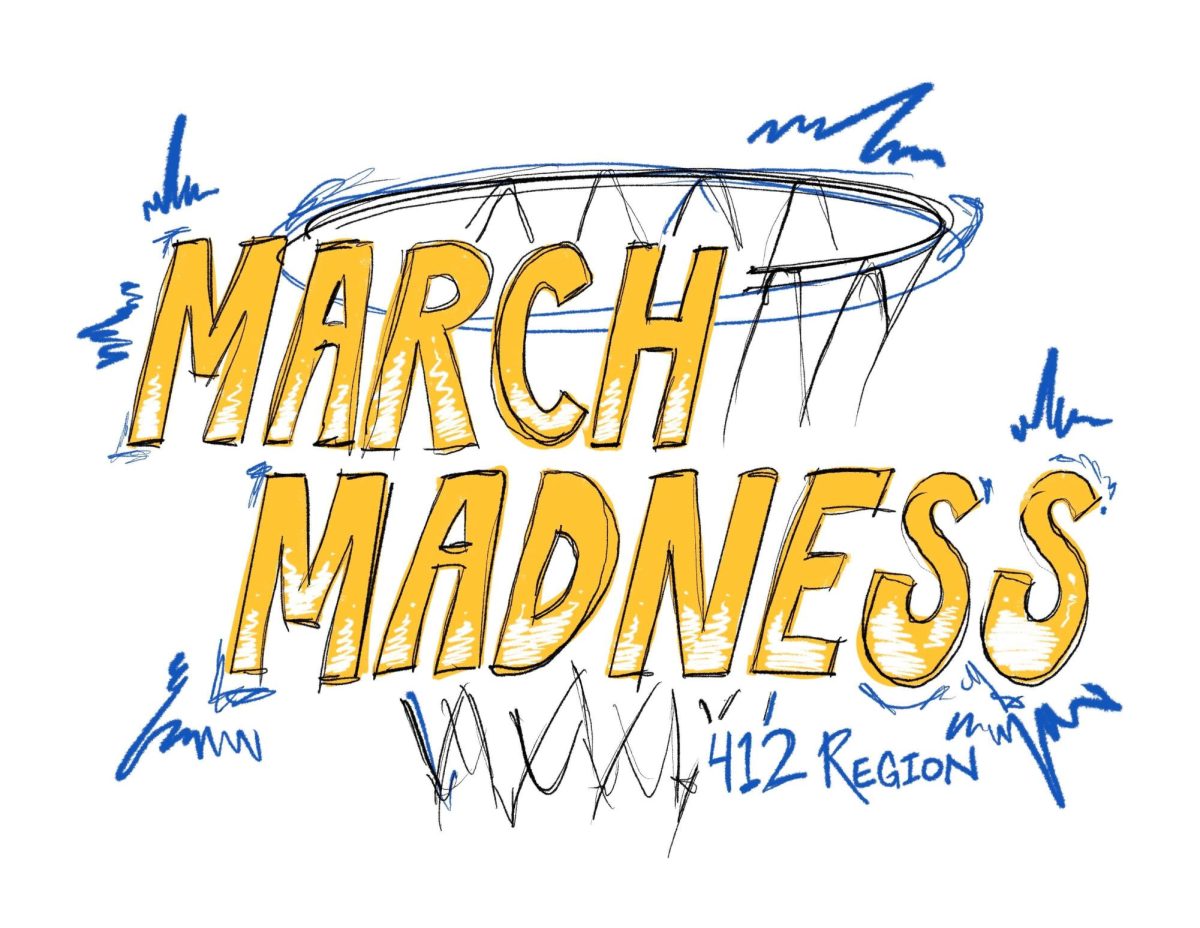E-book sales slowly increase
January 13, 2011
After a lackluster sales performance last semester in the University Book Center, eBooks are… After a lackluster sales performance last semester in the University Book Center, eBooks are slowly becoming more popular at Pitt. The Book Center has sold 100 more electronic books this semester than it had at this point last semester, manager Debra Fyock said. But Fyock noted that, despite this increase, the electronic form still counts for less than 1 percent of the total books, both new and used, purchased so far during the spring term.
The low sale levels come even as electric readers become more popular among tech-savvy and green-minded consumers, and the meager figures represent a potential difficulty for the Book Center to address as it seeks to redefine its image and services on campus.
Still, Fyock is confident that eBook sales will increase as more students learn about the option over time.
“I would have to say that [eBooks] have not really caught on yet,” Fyock said. “But I do think that students are more aware that the Book Center offers this option.”
EBooks have been available in the Book Center since the start of last semester. The digital books work through a code that students can buy from the book store and use to download the text onto a computer.
The eBooks offered at the Book Center are also currently compatible with iPads and iPhones, but not with Kindles or Nooks, other popular electronic readers.
The store’s inventory of digital books is supplied primarily through textbook provider CourseSmart, which offers 90 percent of all core textbooks used in higher education today, according to its website.
Student Government Board President Molly Stieber — a strong advocate for bringing eBooks to campus — said it might be too early to tell if the poor sales for this semester truly reflect student interest in the alternative textbooks. She cited the large number of students who wait to purchase their textbooks until after the add/drop period as a possible explanation for the small purchase percentage eBooks represent.
They’ve found out whether the professor is actually going to use the book, or they’ve decided to stay enrolled in the class, she said.
But John Burns, textbook manager for the Book Center, hasn’t seen a surge of purchases after that date in the past.
In general, most of the purchasing is done before the add/drop period ends, he said.
Stieber said students’ increasing tendency to buy books from other places beside the Book Center might also account for the low percentage of eBook sales.
“We need to see more traffic in the Book Center,” she said. “Pitt students should want to support our Book Center. The store is here for students.”
Junior Gina Zidek agreed with Stieber.
“I only trust the Book Center,” she said, blaming her aversion to outside book sellers on a bad experience with an online retailer.
But while the Book Center comes with a promise of integrity for some, other students are wary of the cost.
Christina McDonald’s parents advised her to get the ISBN numbers of the books she had to buy in order to get them online. The sophomore biology major said she saved about $100, calling the Book Center “overpriced.” She said she didn’t purchase any eBooks.
Stieber believes more students entering the bookstore will lead to more students coming across eBooks and consequently purchasing the alternative textbooks.
“This is the future,” Stieber said. “EBooks are the future.”
The Book Center worked in conjunction with Stieber to form a student advisory committee last semester. The group of students was created to suggest ways the Book Center might attract students and get the word out about new offerings, including eBooks. The store crafted a plan in the fall to increase eBook sales by providing a larger selection of the books. This semester, the store offered 210 more textbook titles than last semester. Despite these efforts, student response remains mixed.
Yash Patel, one student who opted to go digital, is happy with his decision. Patel began buying eBooks last year. He estimates that he’s saved $200 since that time through his digital textbook purchases.
“I can pretty much get all the books I need for my classes,” said Patel, an information sciences major.
Lower pricing is the principle benefit associated with eBooks. Fyock said that, on average, the digital books cost 40 percent less than their paper counterparts.
Students who favor eBooks also said they appreciate their mobility. One laptop or iPad can easily hold the weight of an entire backpack’s worth of books.
In the paper camp stands freshman Jake Schwartz, who said he hesitated to buy eBooks for a reason common among students: “I really have no idea how to use them.”
Schwartz also said the fact that his professors haven’t mentioned anything in class about digital alternatives influenced his choice to go for the paper option.


